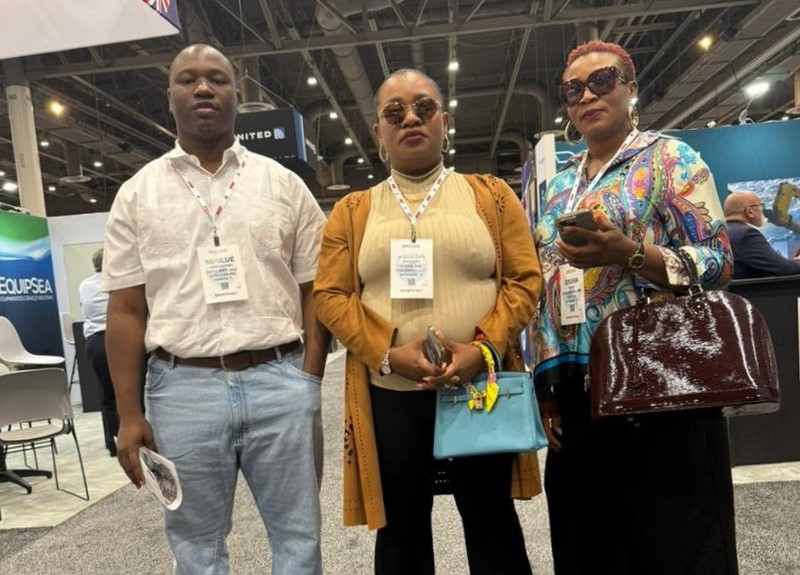Honey often seen as a symbol of purity, health, and natural goodness is facing a serious crisis globally: honey fraud. Counterfeit honey mixed with cheap sugar syrups has flooded markets, making it harder for genuine beekeepers to survive and for consumers to trust the products they buy.
In a bold move, Austria is now stepping up its efforts to protect the integrity of honey using a powerful scientific tool: DNA testing. This groundbreaking approach could change the future of food authenticity worldwide.
The Growing Threat of Honey Adulteration
Across Europe and the world, honey fraud is becoming a growing concern. A major EU investigation revealed that almost half (46%) of honey samples entering the European Union between 2021 and 2022 were suspicious a shocking rise from 14% recorded between 2015 and 2017. Even more alarming, around 74% of these tainted samples originated from China.
This massive infiltration of adulterated honey doesn’t just deceive customers — it also devastates honest beekeepers who cannot compete with artificially cheap prices.
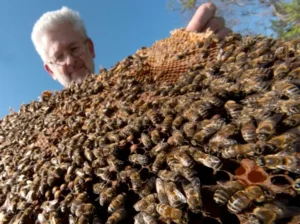
Austria’s New Strategy: DNA Testing to the Rescue
In Tyrol, Austria, the biotechnology lab Sinsoma has taken an innovative step. They perform DNA analyses on about 100 honey samples each month to ensure authenticity.
But how does it work?
This technique identifies plant DNA found in the honey, revealing the flowers and plants that bees visited. A rich and diverse DNA fingerprint suggests genuine honey. However, a lack of this diversity — or the presence of plant DNA linked to crops like corn or rice — often signals that cheap syrup has been mixed into the product.
Essentially, this method functions much like environmental DNA analysis used in forensics, providing powerful clues about the true origins of what’s in the jar.
Major Supermarkets Taking Action
Austria’s retail giant SPAR is also taking no chances. After initial concerns, SPAR voluntarily removed several own-brand honey products from their shelves for further scrutiny.
The result? After undergoing comprehensive DNA testing and regulatory checks, their products were cleared and placed back on sale — much to the relief of both customers and Austrian beekeepers. SPAR emphasized that ensuring the authenticity of its products and supporting local farmers remain their top priorities.
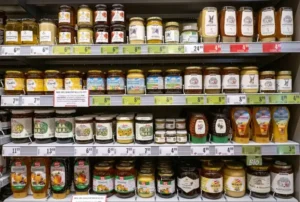
Beekeepers Sound the Alarm
Local beekeepers, including voices like Matthias Kopetzky from Wiener Bezirksimkerei, are deeply worried about the long-term impact of fraudulent honey on their livelihoods.
They argue that if strict controls are not put in place, real honey producers will struggle to survive. Rigorous and frequent testing is now being demanded, not just for imported honey, but also for products already in European supermarkets.
Beekeepers want consumers to know that authentic honey production is hard work, and it cannot — and should not — compete with artificially produced syrups masquerading as honey.
Not Without Controversy
While DNA testing is seen as a major breakthrough, it is not without critics. Some industry experts argue that DNA testing for honey authentication is not yet formally accredited within the EU regulatory framework.
They caution that while DNA testing provides vital clues, it should be used alongside traditional testing methods, such as chemical analysis, to make a fully reliable judgment. Relying solely on DNA might lead to false positives or negatives, they warn.
Nevertheless, many believe it is a major leap forward in the ongoing battle against food fraud.
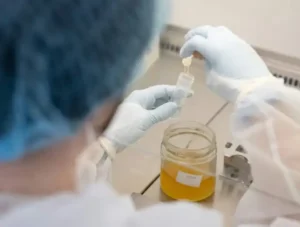
A Global Problem with Global Implications
Austria’s fight against honey fraud is part of a much larger global struggle.
In fact, the issue has become so severe that in 2023, the World Beekeeping Awards had to suspend its honey category altogether — the first time this has ever happened — because of concerns about verifying product purity.
This sends a loud and clear message: honey fraud is undermining the integrity of the entire industry.
New Technologies on the Horizon
To combat this growing menace, researchers around the world are innovating new solutions. Scientists at Cranfield University in the UK have developed a remarkable method called Spatial Offset Raman Spectroscopy (SORS).
This non-invasive technique can analyze honey inside sealed jars without ever opening them. It uses light scattering to detect adulterants like added sugars, offering a practical and fast way for regulators and retailers to check product quality before reaching store shelves.
This breakthrough could make a huge difference in catching counterfeit products quickly and effectively.
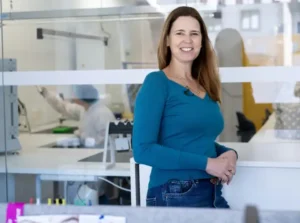
Conclusion: A Sweet Future or a Bitter One?
Austria’s use of DNA technology to uncover honey fraud represents a significant turning point. As fake honey becomes more sophisticated, so too must the tools used to detect it. By combining science, strict regulations, and cooperation from honest producers, there is hope to reclaim trust in one of nature’s most precious foods.
For consumers, this means being more mindful of where and how you buy honey. For beekeepers, it offers a renewed opportunity to have their hard work and genuine products recognized and protected.
Honey fraud may be a global problem, but thanks to pioneering efforts like Austria’s, the future of real, pure honey looks a little bit brighter.


